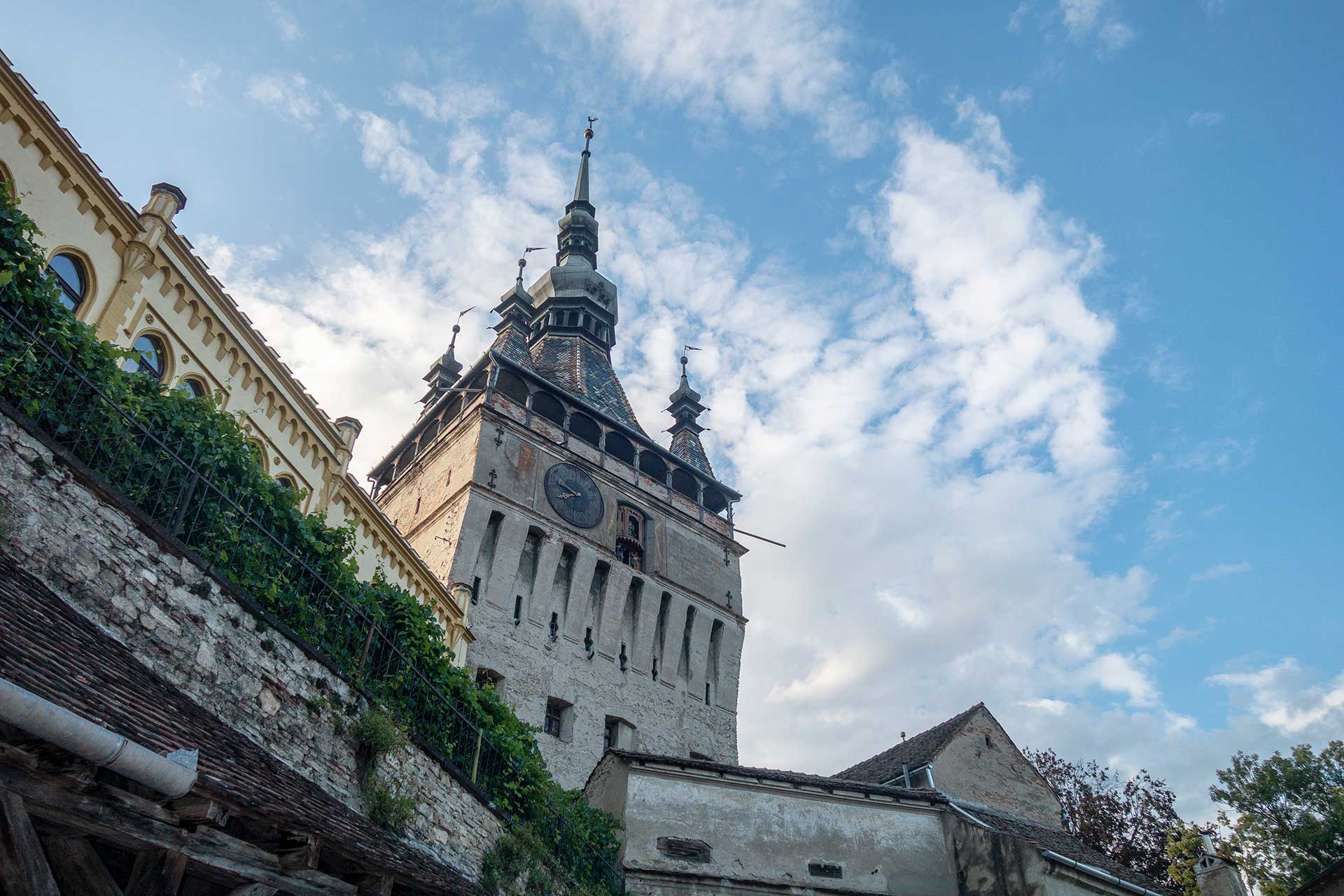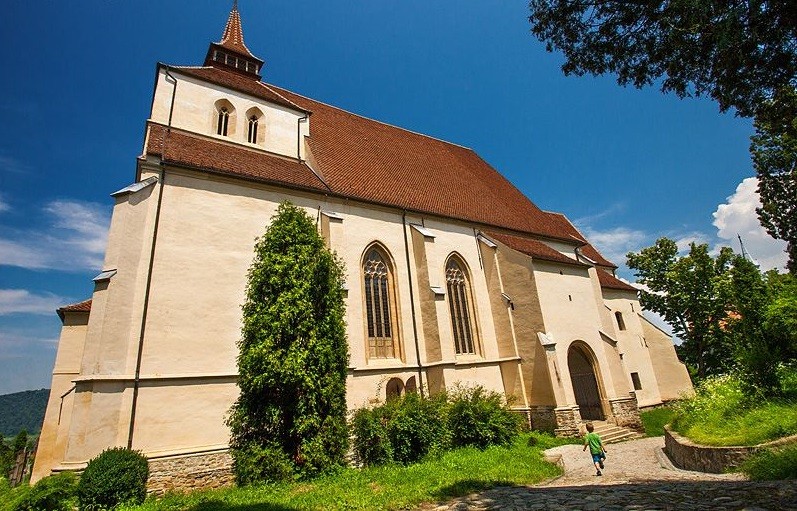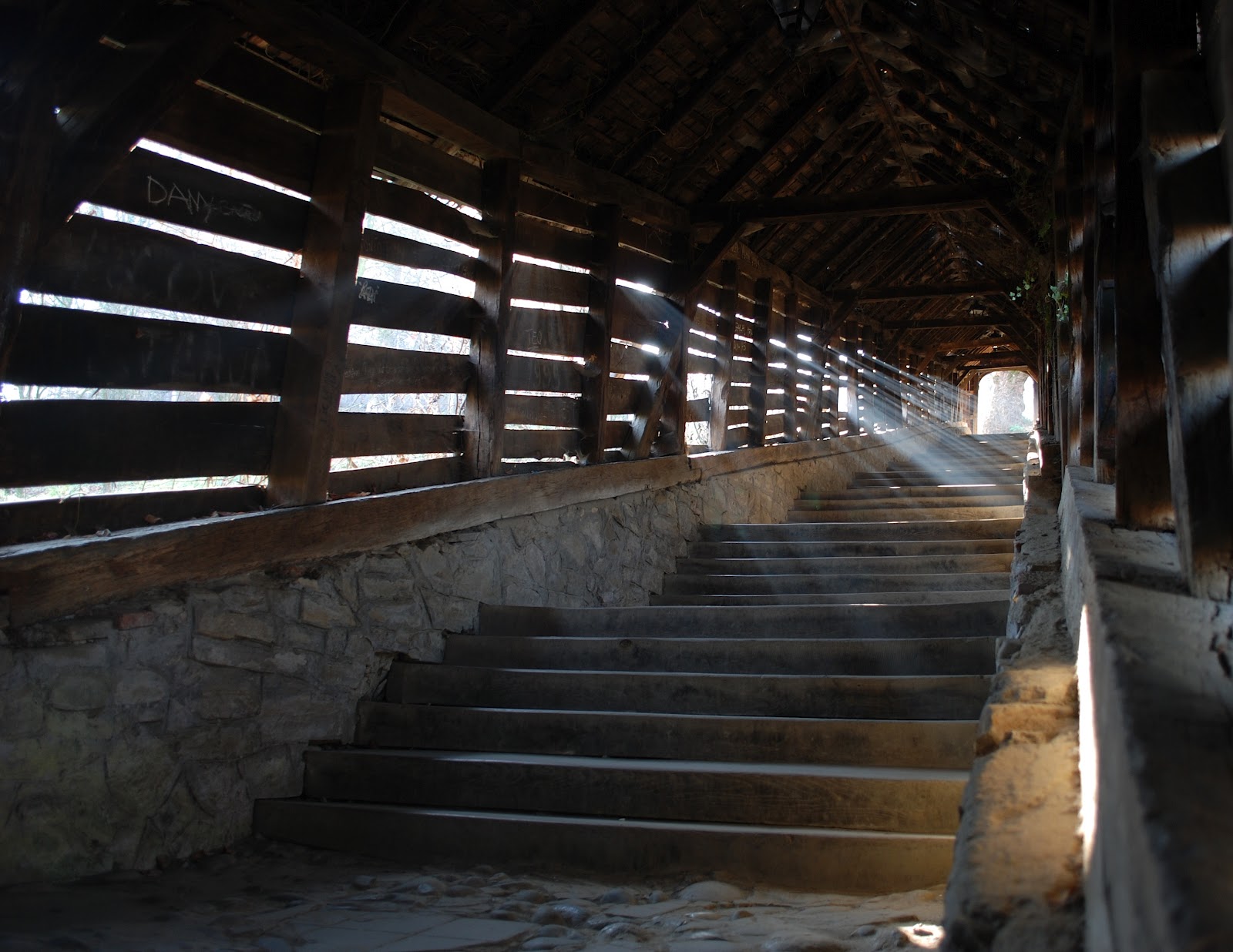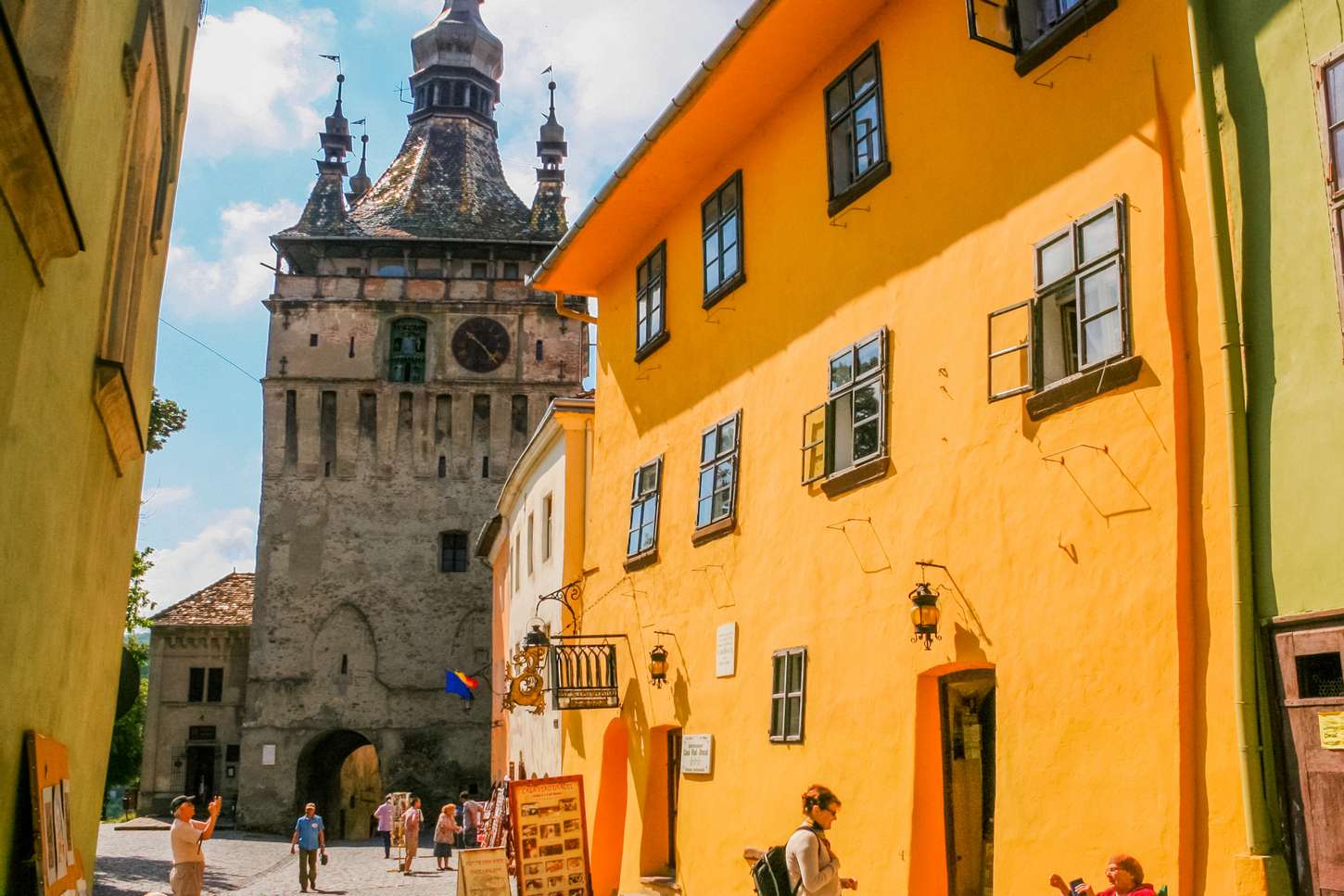Sighișoara is a place full of history, whose secrets are revealed once you enter the famous medieval fortress that it houses. One thing worth mentioning is the fact that Vlad Dracul’s son grew up here, named Vlad Țepeș – the source of inspiration for the character of Count Dracula in Bram Stoker’s novel. Come and discover the beauties that lie in this medieval town that is part of the UNESCO heritage. In the hope that we made a convincing case and that you are planning to spend a day in Sighisoara, the places we suggest you consider are:
Cetatea Sighișoara (Sighișoara Citadel)
In Sighișoara there is wonderful a fortress, the only medieval citadel in Europe that is currently inhabited. Its history began in 1280 together with the Saxons who settled here. In the 16th century, various craftsmen surrounded the fortress with a massive stone wall. Gradually, over time, the wall was raised. The contribution of the craftsmen materialized through the erection of the towers bearing suggestive names. Initially, there were 15 of them, nine of which have been preserved even today. The names of the towers are related to the guilds to which the craftsmen belonged: tailors, blacksmiths, furriers, shoemakers, butchers, rope makers etc.

Turnul cu Ceas (The Clock Tower)
This is one of the historical monuments inside the fortress, which has become a symbol of the city. This is the tallest tower in the fortress (64 meters) and is a faithful embodiment of Transylvanian military architecture. In the past, the Tower held multiple functions: town hall, treasury and courthouse. In accordance with the last statute, a “torture chamber” was organized, which since 1556 was, in fact, a prison. In this way, tourists can get an idea of the context and medieval practices of torture.
In addition, the Tower houses the History Museum which is structured on various topics: archeology, ethnography, pharmacy, guilds, furniture from multiple historical stages, ceramics from Transylvania, antique clocks. Once you reach the last level, you will have the opportunity to look at the city as a whole, and the view is truly special and not to be missed.
History Museum Program:
May 15th – September 15th:
Tuesday – Friday: 09.00 – 18.00
Saturday – Sunday: 10.00 – 17.30
September 16th – May 14th:
Tuesday – Friday: 09.00 – 15.30
Saturday – Sunday: 10.00 – 15.30
Rates:
Clock Tower: 15 lei
Medieval weapons exhibition: 6 lei

Biserica Mănăstirii (Monastery Church)
The place of worship is located near the Clock Tower. The building was built between 1492 and 1515, when it was the church of the Dominican monks’ monastery. Today, it represents the Lutheran parish church. The interior houses baroque elements: pillars, vaults of ships, altar, pews, organ, oriental carpets.

Piața Cetății (The Citadel Square)
In the medieval period, this was the place where the local trials were judged publicly. At the same time, this was the meeting place of the merchants. It can be said that the trade-related aspect has been preserved to some extent even today, in terms of handicrafts that can be bought by tourists who want souvenirs from Sighisoara. At the same time, this is the ideal place to relax on a terrace, while admiring the beauties that surround you:
Scara Acoperită (Covered Stairway)
It is known as the “School of Schoolchildren”, because it was covered to shelter the students who took this route towards the high school “J. Haltrich ”. The staircase was built in 1642, when there were 300 steps. Subsequently, some changes were made, and now there are 175 steps.
Biserica din Deal (Church on the Hill)
The effort to climb the Covered Stairway is not in vain. After you reach the top, following either one of the two pathways that greet you, you will reach another emblematic monument. This is the Church on the Hill, an architectural representation of the Gothic style. Its interior houses special murals, pewter with plant decorations and Renaissance furniture.

Casa cu Cerb (The House With a Deer)
The name of the building is inspired by the deer’s head that is located on its corner. The building is a representation of the Transylvanian Renaissance architectural style from the 18th century. Casa cu Cerb (The House with a Deer) houses a guest house, a restaurant famous for its traditional dishes, as well as a Romanian-German cultural center.

Casa Vlad Dracul (Vlad Dracul House)
The building carries this name because Vlad Dracul, the son of the ruler Mircea cel Bătrân, lived here. This is one of the oldest buildings inside the fortress and was built according to the late Gothic architectural style. Over time, the building housed the mint, then the Weapons Museum. Currently, on the ground floor of the house there is a medieval restaurant, and upstairs the room where Vlad Țepeș, son of Vlad Dracul, was born can be visited.

Although time has left its mark on the place, it seems that everything in the fortress has a slower pace, just so that you can enjoy the romance, architecture and tranquility characteristic of the place.
